Gardening is a delightful journey, one that begins with understanding the unique relationship between plants and sunlight. For both the eager beginner planting their first seeds and the seasoned gardener refining their green oasis, recognizing how sunlight interacts with your garden can make the difference between flourishing foliage and lackluster growth. Each plant, with its own personality and needs, thrives under specific light conditions, and knowing these preferences allows you to cultivate a vibrant, healthy garden.
In this article, we’ll explore the nuances of choosing plants based on the sunlight they require, empowering you to make informed decisions that lead to a thriving garden space. You will learn how to assess your garden’s sun exposure, identify the best plant options for various light levels, and tailor your plant choices to create a harmonious environment. Whether your garden basks in full sun all day or enjoys a gentle dappled shade, understanding these dynamics is key to unlocking your garden’s full potential.
By the end of this guide, you’ll not only appreciate the critical role sunlight plays in plant health but also feel confident in selecting the right plants for your specific conditions. Armed with this knowledge, you’ll be well-prepared to transform your garden into a lush haven, filled with plants that are as happy with their home as you are with them. So, let’s dig in and illuminate the path to a garden that truly shines!
Understanding Sunlight Zones
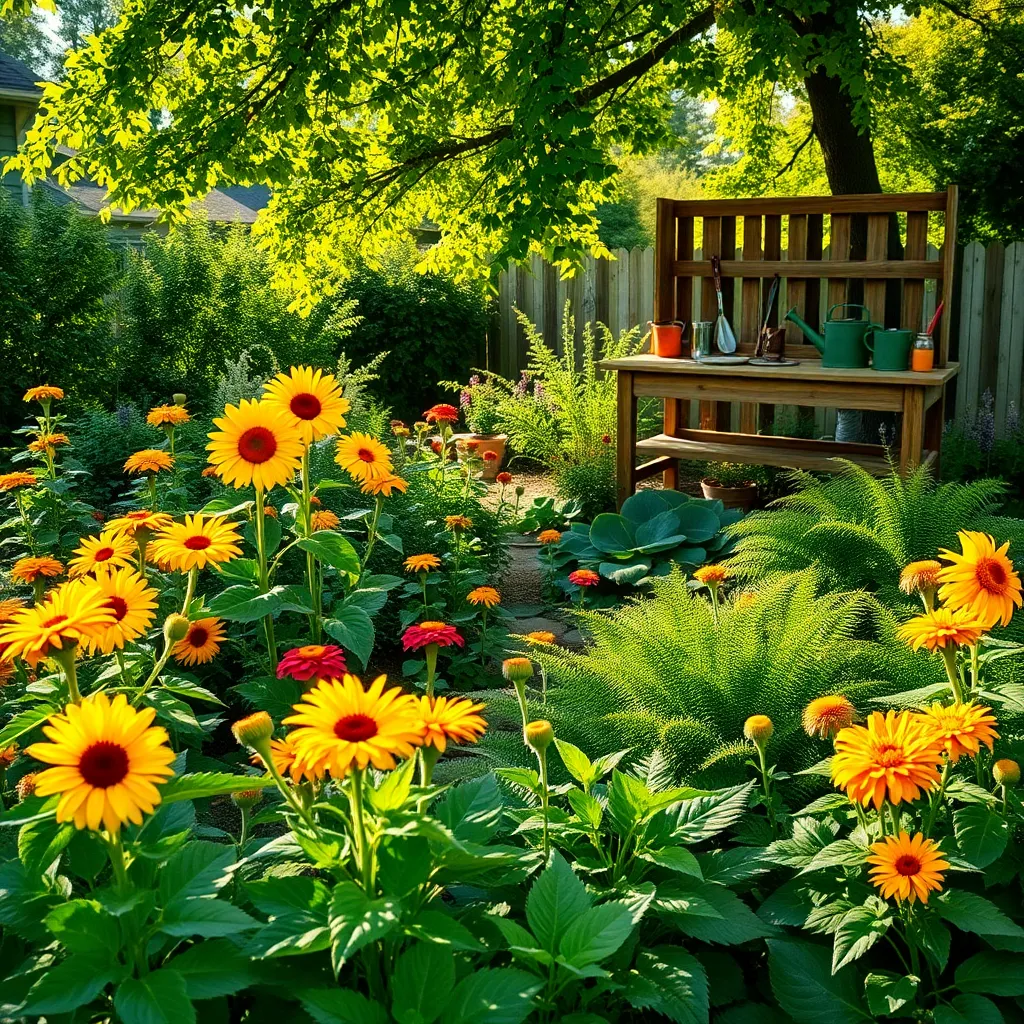
Understanding sunlight zones in your garden is crucial for selecting the right plants that will thrive. The amount of sunlight a particular area receives can be categorized into three main types: full sun, partial sun/shade, and full shade.
Full sun areas receive at least six to eight hours of direct sunlight daily, making them ideal for sun-loving plants like tomatoes, peppers, and most herbs. To ensure these plants flourish, use well-draining soil and water them deeply but infrequently, allowing the soil to dry out slightly between waterings.
Partial sun or partial shade areas are those that receive about three to six hours of direct sunlight, often with some dappled shade during other parts of the day. Plants such as ferns, hostas, and certain types of hydrangeas can thrive here; make sure to keep the soil consistently moist but not waterlogged.
Full shade zones receive less than three hours of direct sunlight, with filtered sunlight during the rest of the day. For these areas, consider shade-tolerant plants like ferns, astilbes, and impatiens, which prefer rich, well-draining soil with a higher organic matter content to retain moisture.
It’s helpful to observe your garden at different times of the day to accurately map out these sunlight zones. This careful assessment will guide you in choosing the appropriate plants, leading to a more successful and vibrant garden.
Plants for Full Sun Areas
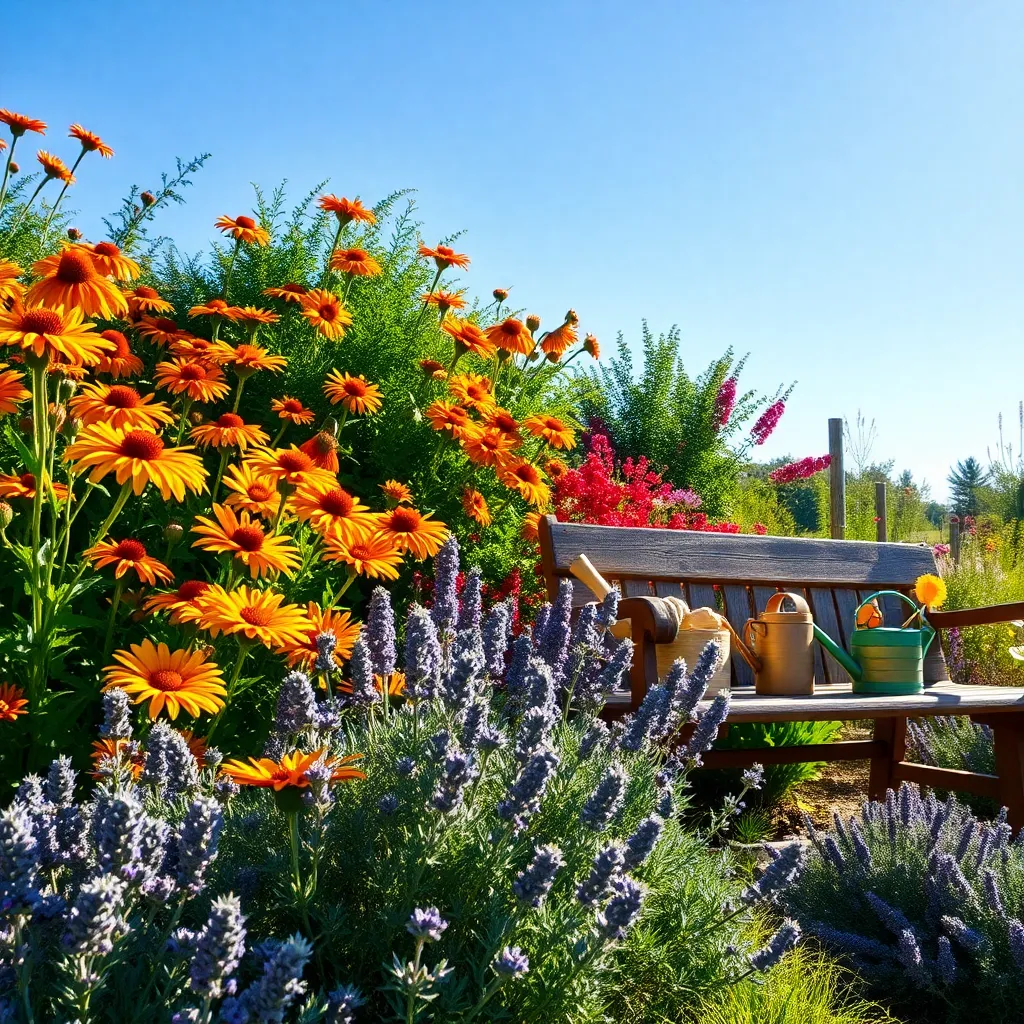
For areas of your garden that receive full sun, choosing the right plants is crucial for success. Sun-loving plants thrive in six or more hours of direct sunlight daily, making them perfect for these bright spots.
Consider planting perennials like lavender and coneflower, which are well-suited for full sun. Lavender requires well-drained soil and minimal watering once established, while coneflowers are drought-tolerant and attract pollinators.
Annuals such as marigolds and zinnias also flourish in sunny locations. Plant them in nutrient-rich soil and water regularly to maintain vibrant blooms throughout the season. For a more diverse garden, integrate sun-loving succulents like sedum, which need little water and are perfect for rock gardens or borders.
To ensure your sun-loving plants stay healthy, regularly check the soil moisture level. Water deeply but infrequently to encourage deep root growth, which will help your plants withstand dry spells. Mulching around your plants can help retain soil moisture and reduce the need for frequent watering.
Choosing for Partial Shade
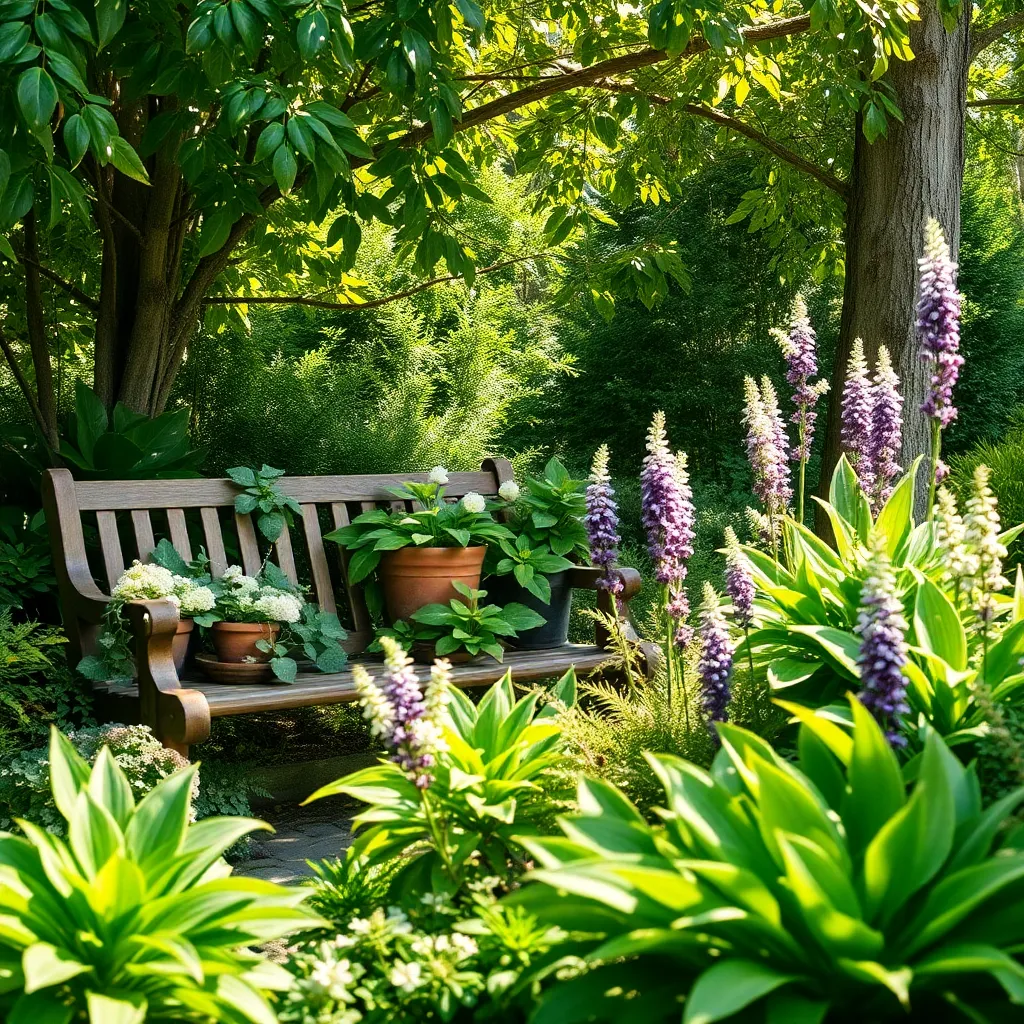
Partial shade areas can be a delightful spot in your garden, offering diverse planting opportunities. In these areas, plants receive about three to six hours of sunlight, which can be filtered or dappled throughout the day.
When selecting plants for partial shade, consider those that naturally thrive in woodland settings. Plants like hostas, astilbes, and ferns are excellent choices as they appreciate the cooler, less harsh conditions.
Soil quality is crucial for partial shade plants; aim for a rich, well-draining soil. Amending your soil with organic matter such as compost enhances its nutrient content and moisture retention, which is particularly beneficial in shaded areas.
Watering needs for partial shade plants can differ from those in sunnier spots. Ensure the soil stays consistently moist but not waterlogged, checking moisture levels regularly to adjust your watering schedule appropriately.
For advanced gardeners, experimenting with different plant layers can create a lush, vibrant look. Consider mixing perennial ground covers with taller, shade-loving shrubs to add depth and interest to your garden design.
Remember that partial shade conditions can vary significantly throughout the day and season. Observe your garden’s unique light patterns to better match plant choices with their ideal growing conditions, ensuring successful growth and vibrant blooms.
Ideal Choices for Full Shade
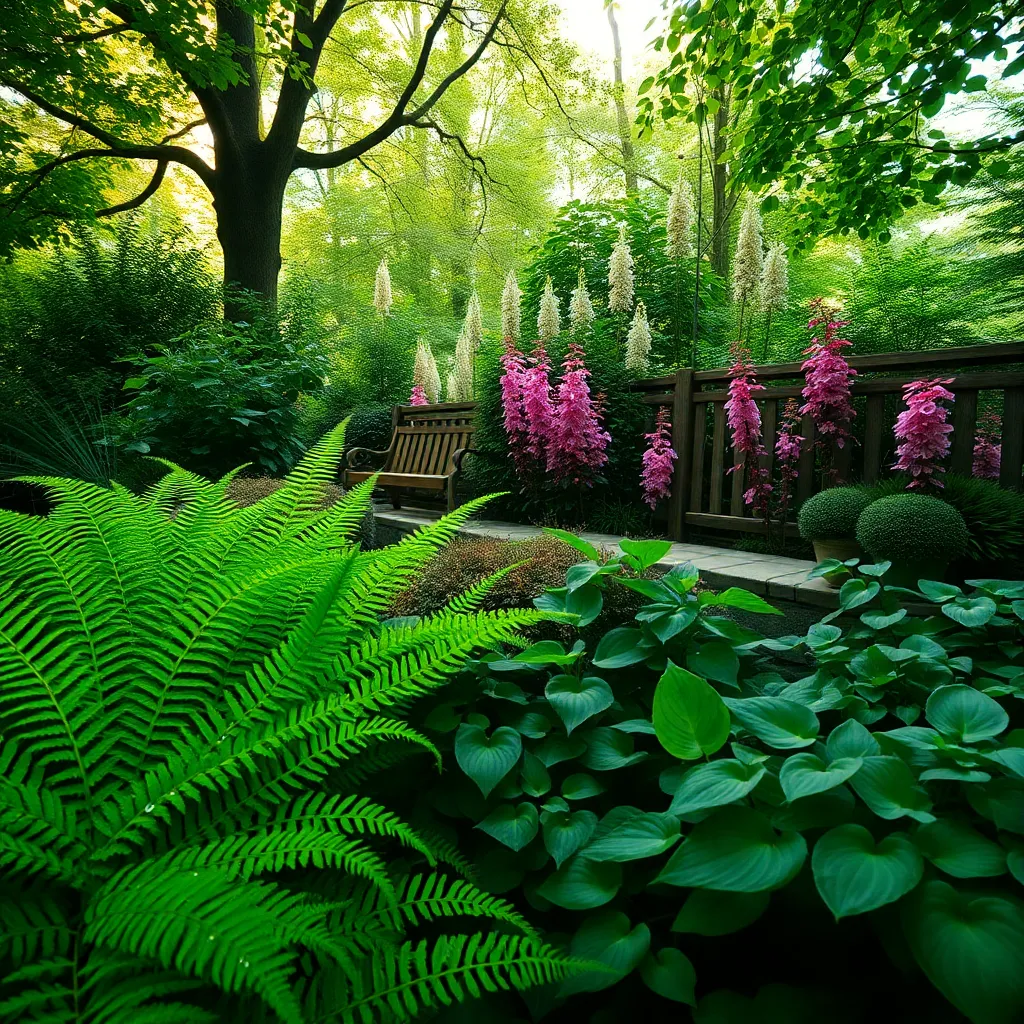
In areas with full shade, it’s crucial to choose plants that thrive without direct sunlight. Ferns, such as the Japanese painted fern, are an excellent choice; these plants require consistently moist, well-draining soil and thrive in cool, shaded environments.
Another ideal option for full shade is the hosta, which offers lush foliage and stunning leaf patterns. Hostas prefer rich, organic soil and should be watered regularly to maintain their vibrant leaves, but avoid waterlogging as it can harm their roots.
Consider the lush beauty of Astilbes, which add color to shaded areas with their feathery blooms. For these plants, ensure the soil is consistently moist, and enrich it with compost to support their nutrient needs throughout the growing season.
For those seeking a flowering option, the bleeding heart (Dicentra) is a classic favorite for shaded gardens. They flourish in humus-rich soil and benefit from a layer of mulch to retain moisture and keep the roots cool during warmer months.
Adapting Plants to Light Changes
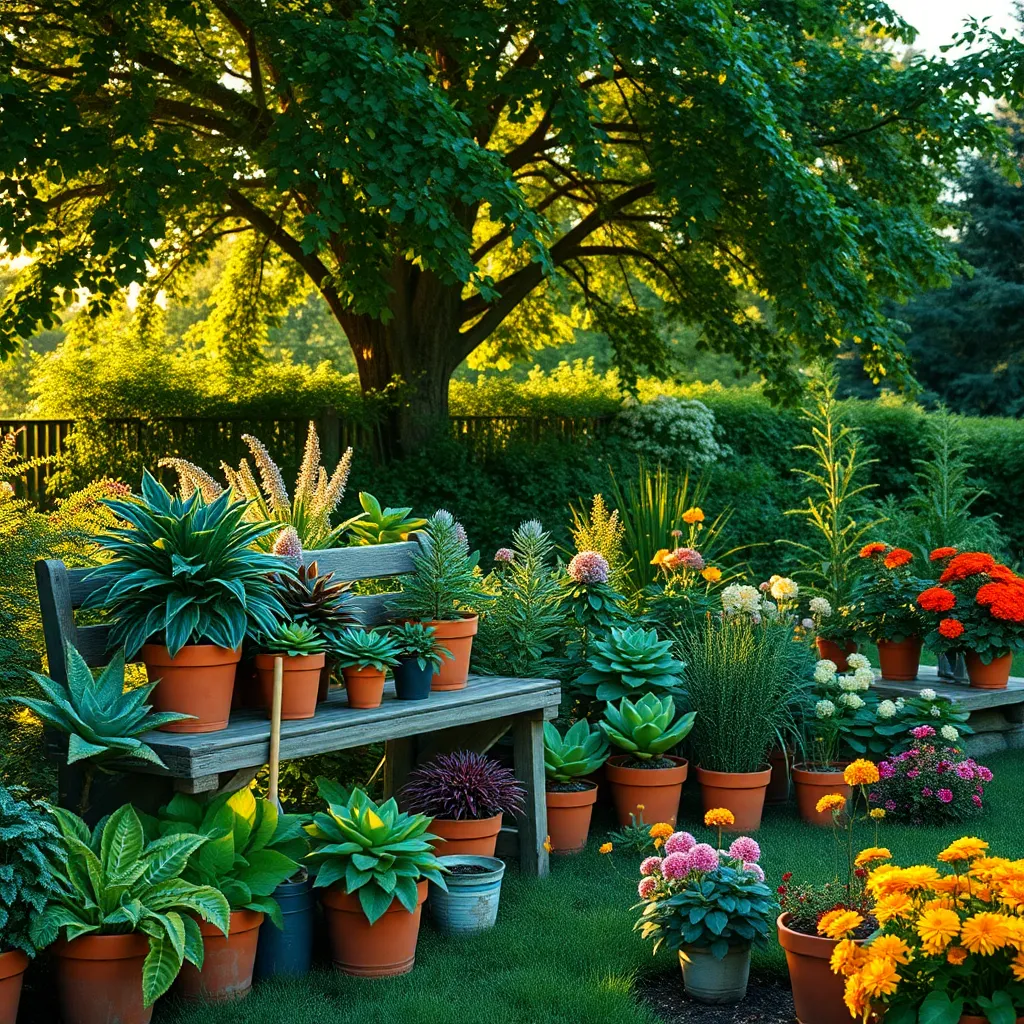
Adjusting your gardening routine to accommodate light changes is essential for plant health. As seasons shift, the angle and intensity of sunlight can vary significantly, impacting plant growth.
Begin by observing how sunlight moves across your garden throughout the day and over the year. This will help you identify spots that receive consistent sunlight and areas that are shaded for most of the day.
To help plants adapt to changing light conditions, try gradually transitioning them to new locations. For example, if you’re moving a plant from full sun to partial shade, do so over a week by incrementally increasing the amount of time it spends in the new spot.
Consider using reflective surfaces or white walls to enhance light availability in shaded areas. These surfaces can bounce additional light onto your plants, providing a subtle yet effective boost to their growing conditions.
For more advanced gardeners, investing in grow lights can be a game-changer, especially during winter months. Select full-spectrum LED lights, which mimic natural sunlight and can support plant growth indoors or in particularly shaded garden areas.
Finally, remember to adjust watering and fertilization schedules as light levels change. Plants in lower light conditions often need less water and fertilizer, as their growth rate slows with reduced light availability.
Conclusion: Growing Success with These Plants
In nurturing your relationship with plants, understanding sunlight availability is key to their thriving. We’ve journeyed through five essential concepts: assessing your space’s light levels, selecting shade-loving or sun-thriving plants, the importance of observing plant health signals, adjusting plant locations for optimal growth, and integrating plant care into your daily routine. Now, it’s time to take action—choose one plant that suits your home’s light conditions and commit to observing its unique needs.
Your next step is simple yet impactful: invest in a light meter or use your smartphone to assess the light levels in different areas of your home. This will empower you to make informed decisions, ensuring your plants flourish, symbolizing a thriving relationship with nature.
Remember, this article is a valuable resource for your plant-parent journey. Bookmark it for future reference, ensuring you always have a guide to nurturing your green companions. By cultivating a harmonious environment for your plants, you’re also fostering growth in your own relationships. With each new leaf, you’ll witness the success that comes from understanding and adapting to the needs of those you care for. Here’s to a future of flourishing relationships—both with people and plants!

